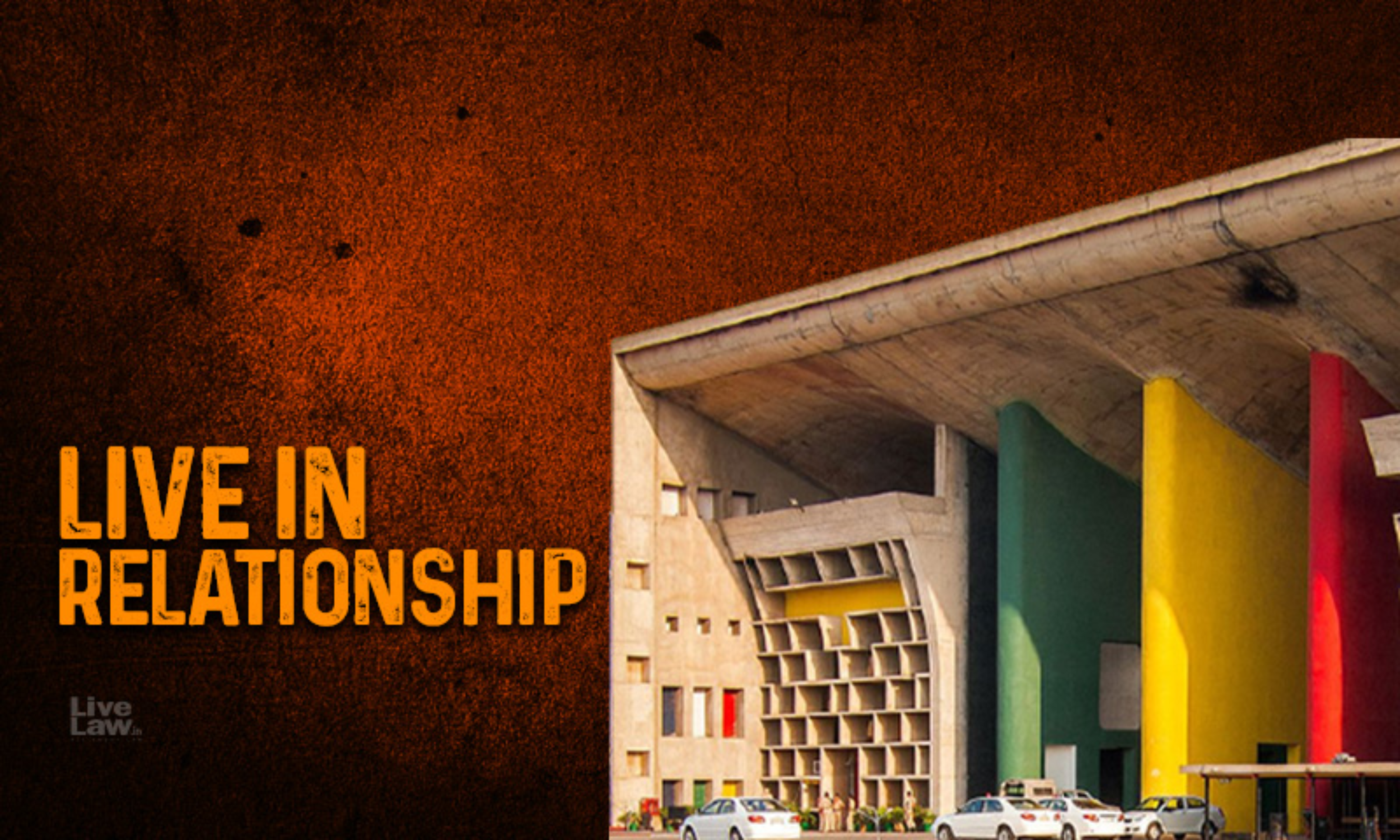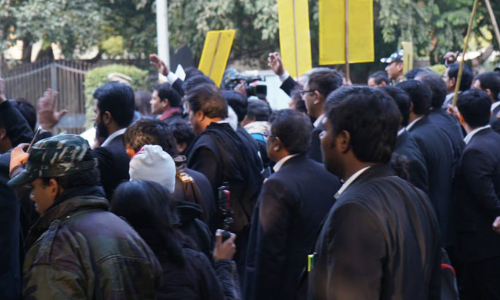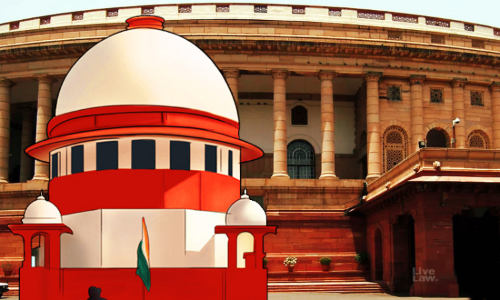"Specify Proposal To Deal With Cases Of Live In Couples Not Of Marriageable Age": Punjab & Haryana High Court To Centre

Noting that the Court is being flooded with pleas filed by live-In Couples, not of marriageable age, seeking protection of life and liberty, the Punjab and Haryana High Court has asked the Union Government to specify its proposal to deal with such cases.Observing that no Act governs any such relationship and once a person has attained majority in terms of the Majority Act, 1875, (i.e. 18 years...
Noting that the Court is being flooded with pleas filed by live-In Couples, not of marriageable age, seeking protection of life and liberty, the Punjab and Haryana High Court has asked the Union Government to specify its proposal to deal with such cases.
Observing that no Act governs any such relationship and once a person has attained majority in terms of the Majority Act, 1875, (i.e. 18 years of age), it would be difficult for a court to refuse such protection, the Bench Justice Amol Rattan Singh sought a response of the centre in this regard in following terms:
"...what is proposed, to try and ensure that many adolescents with impressionable minds (not actually fully matured though they otherwise, technically, are of the age of majority in terms of the aforesaid Act), do not start living together and later start regretting such decisions, obviously also causing trauma to their parents and family."
Essentially, the Bench was dealing with a bunch of pleas filed by live-in couples seeking protection of life and liberty upon them, when it expressed concerns over the increasing number of such petitions filed by youth between the ages of 18 and 21.
In one of the pleas before the Court, the Court had earlier issued a notice to the Centre, Punjab & Haryana States, and the UT Chandigarh administration to examine if the age of the majority needs to be revised, in view of the fact that the Indian Majority Act is a law that was enacted around 150 years back (146 years old to be specific).
The Bench of Justice Amol Rattan Singh has also directed the Home Secretary/Addl. Chief Secretary to inform the Court as to whether there is any proposal for tabling any amendment as regards an upward revision in the age of majority.
Now, on March 7, during the course of the hearing in the matter, the High Court was told by the Addl. Solicitor General of India that an amendment to the Prohibition of Child Marriage Act, 2006, had been proposed, with a Bill already produced in Parliament for that purpose, to bring the marriageable age for females also upto 21 years of age (from 18 years), to bring them on par with males.
However, he added that as regards live-in relationships, no such bill had been introduced so far.
In view of this, the Court, at the outset, observed that many cases are coming up before the courts wherein the adolescents between the ages of 18 and 21 years of age are seeking protection of life and liberty upon being live-in relationships/or seeking to be in live-in relationships with protection to be granted to them.
Further, noting that no Act governs any such relationship, the Court asked the centre as to what is its proposal to try and ensure that many adolescents with impressionable minds (not actually fully matured though they otherwise, technically, are of the age of majority in terms of the aforesaid Act), do not start living together and later start regretting such decisions, obviously also causing trauma to their parents and family.
The court has posted the matter for hearing and receiving the centre's reply on March 24, 2022.
Case title - Rohit Kumar v. Stae of U.T. Chandigarh and others and connected pleas
Click Here to Read/Download order




